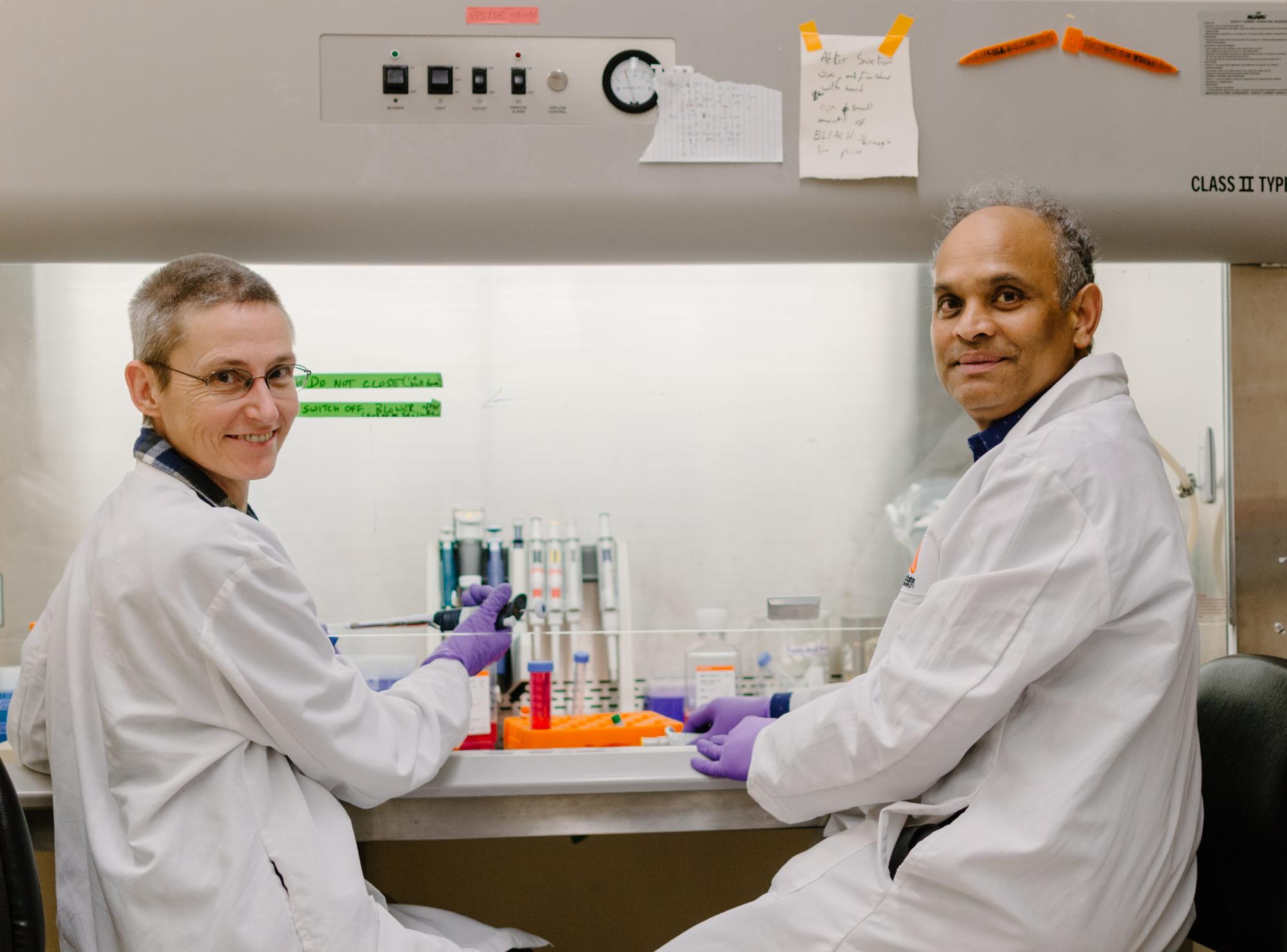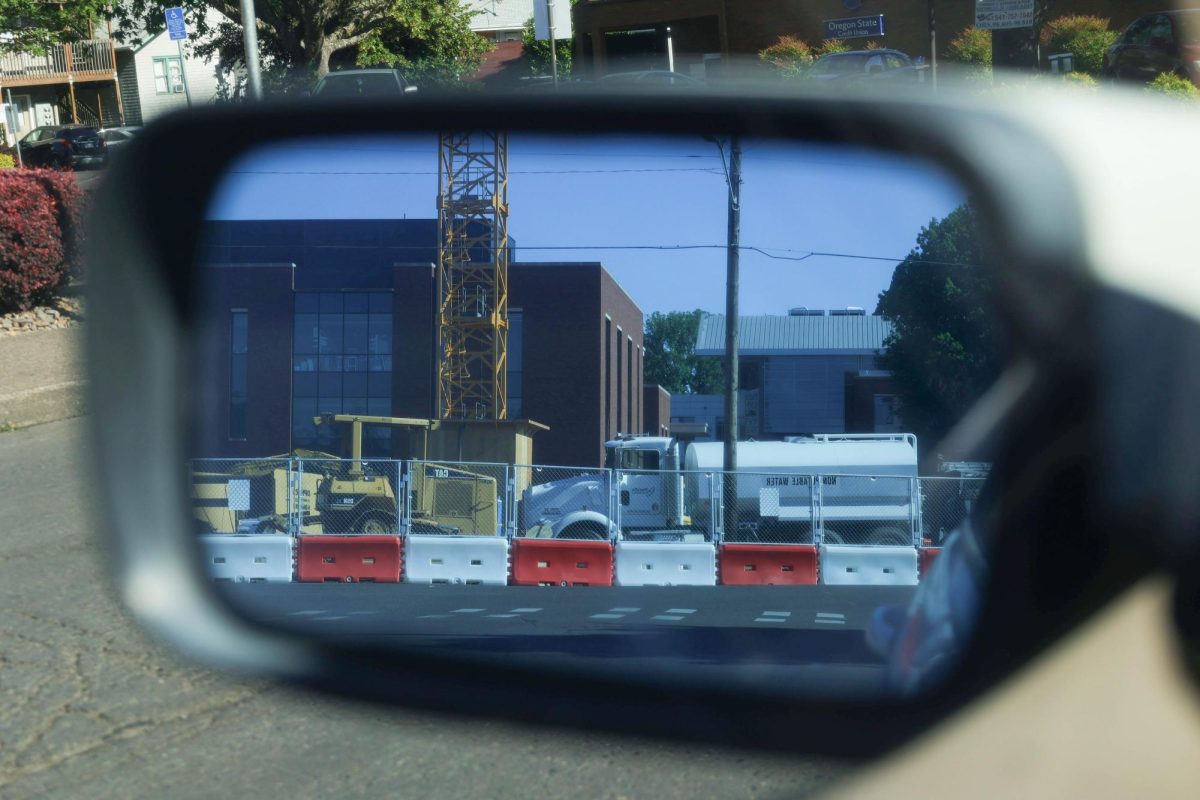Editor’s Note: In the original version of this story, the Carlson College of Veterinary Medicine was incorrect. The title has now been corrected.
A team of researchers, graduate students and more in the Oregon State University Carlson College of Veterinary Medicine have been working for years on a new cancer treatment.
Recently, the team may have reached an outcome that offers new treatment for patients, one that protects healthy cells from dying during cancer treatment.
“The excitement around (this) is the promise this approach may hold for patients who experienced cancer that has no resistance to treatment,” said Christiane Loehr, professor in the department of biomedical sciences in the College of Veterinary Medicine.
Loehr has been working on this research extensively, is a veterinarian, a trained anatomic pathologist and works at the Oregon Veterinary Diagnostic Laboratory.
To begin, the team took human cancer cells and placed them into a petri dish to isolate the cells, then placed the same cells into a host mouse. There, they studied the same principles within the mouse.
They used the mouse to study the growing human cells and then the effects of what they found.
“What I find particularly exciting about this particular project is that it actually works in an animal model of the disease that has been studied, which is not always the case,” Loehr said.
According to Loehr, many times cancer patients will have developed resistance to treatment or their treatment can cause a new “subset” of cancer cells, but this treatment may be able to kill those cells, even if resistant to other treatments.
“So many times our normal cells (and) under constant stress,” Kumar Siva Kolluri, professor in the OSU College of Agricultural Sciences said. “So it means you need to have some (cells) that protect the normal cells from all kinds of insults.”
Kolluri described how our proteins are protective of our cells and cancer cells are no different.
“You try to just neutralize the protective function of the protein,” Kolluri said. “If the protection is no longer there, then the cancer cells become susceptible.”
Kolluri emphasized how much support they have received from the university and beyond. They are looking forward to teaching and training more students within this research and their fields. Loehr spoke on how many training opportunities students have gotten during this time.
While Loehr and Kolluri couldn’t recall the exact time this research started, they both emphasized it has been a long time coming and has been a huge collaboration on several ends. While much of the research was done by OSU faculty and certain students, when they needed expertise and specialized pieces, they were able to get that help outside of OSU.
“There is no magic bullet that suddenly you have an idea internally that works,” Kolluri said. “You have to keep trying and figuring out a lot of closed doors, before you find something that works.”
Both research papers can be found here and here.















































































































